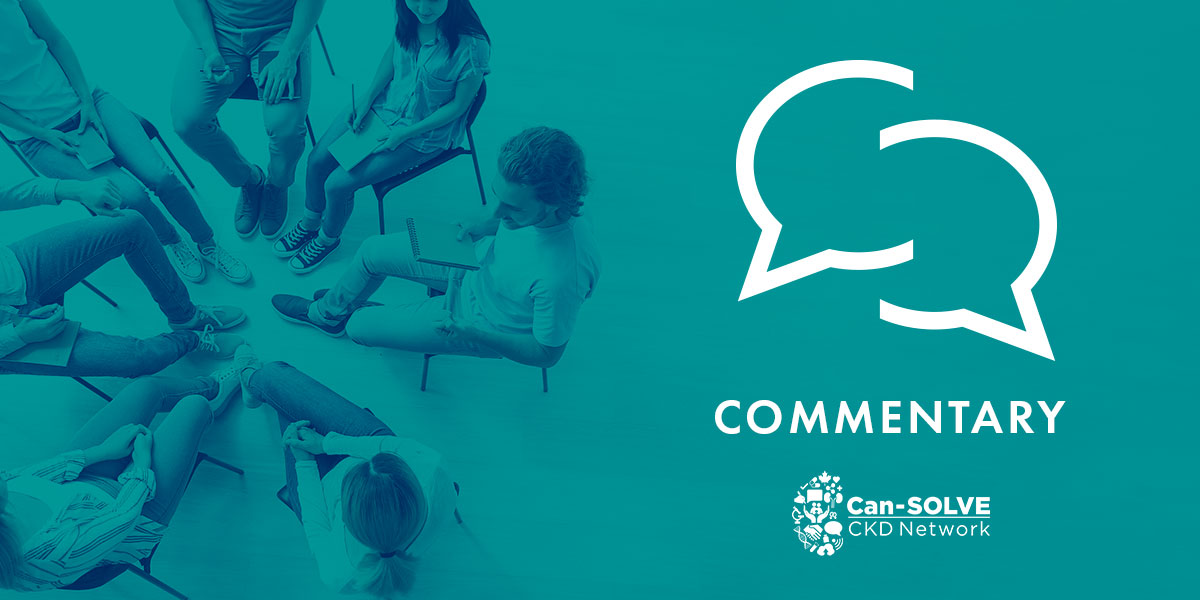
By Selina Allu
Knowledge Translation Broker, Can-SOLVE CKD Network
This commentary is based on the paper “Patient and Public Engagement in Integrated Knowledge Translation Research: Are we there yet?” by Davina Banner et al. Research Involvement and Engagement. 2019; 5: 8. (Read full text)
—
Effective knowledge translation (KT) is the foundation of the Can-SOLVE CKD Network that will allow us to generate evidence that reflects the insights, needs and priorities of those most affected by health research outcomes.
This knowledge will be shared broadly with end-users (patients, caregivers, clinicians, health policy makers) thereby enabling its application in real-world settings. The network uses an integrated KT approach where the end-users are involved from research inception through to dissemination and implementation of results.
In keeping with the core principles of patient-oriented research, our patient partners have identified research priorities that are important to them. They are at the centre of how we do research. Engaging patients (as collaborators and partners) has led to new and important insights. These insights include understanding what health information is important and how it needs to be communicated, as well as drawing attention to care incidents highlighting safety concerns that are often overlooked.
Many organizations have started to use more collaborative models of health research to enhance the responsiveness and application of knowledge. But do these models improve health care services and patient outcomes?
The authors of a recent paper in Research Involvement and Engagement pose an interesting question: “Patient and public engagement in integrated knowledge translation research: are we there yet?” Dr. Davina Banner and colleagues highlight key gaps in the literature with regard understanding how iKT and patient engagement are linked and if such collaborative models do indeed bring about improvements in the development and use of research evidence.
The paper highlights some big challenges with reporting patient engagement activities, such as patient representation (how can an individual act as an “authority figure” for a patient population), diversity in patient populations (variation across demographics, culture, ethnicity, social factors, geography, etc.), and legitimacy (who constitutes a “patient” and are we privileging the voices of some and not others?). There are concerns around tokenism and the knowledge divide between patients and researchers.
As a network, we are certainly aware of these challenges. What we now must do is report on how we are addressing these challenges. It starts by acknowledging how we validate experiential insights of our patient partners (accepting this knowledge for its intrinsic value). We need to clearly identify the steps we have taken to facilitate an inclusive approach to how we do research.
Many research teams are using creative techniques to enable effective knowledge exchange and co-production. Tell us how research teams address power imbalances and promote more harmonious processes of partnership. And yes; it may be unavoidable that decision making lies in the hands of a few researchers, but this presents an opportunity for us to report on how teams have established trust, mutuality, reciprocity, addressed knowledge barriers, and created learning opportunities to level the playing field.
Let us use Dr. Banner’s paper as a roadmap for how we can report our patient engagement strategies and activities within the context of integrated knowledge translation. Furthermore, let us start thinking about how we will evaluate patient engagement and its impact on the research process and patient care.
These are many “how’s” we need to think about…and yet, I know that we are already doing this. I want to tell Dr. Banner, “we are thankful to you for sharing your insights about these gaps in the literature, and we invite you to come and see for yourself how Can-SOLVE CKD is moving the needle… slowly but surely we are getting there.”

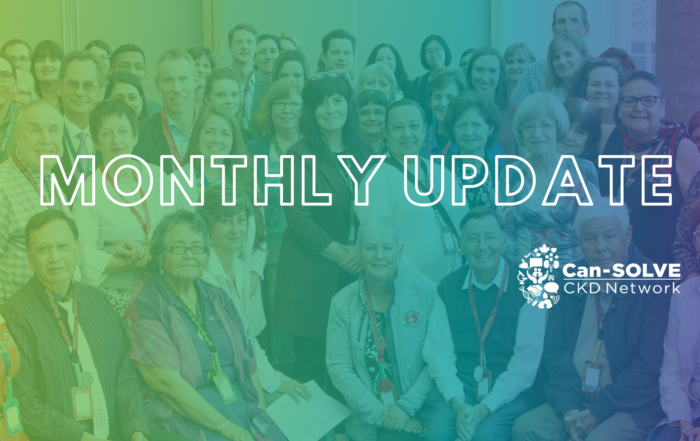
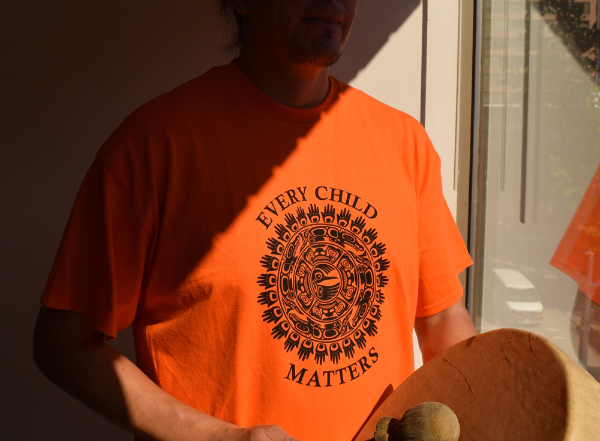
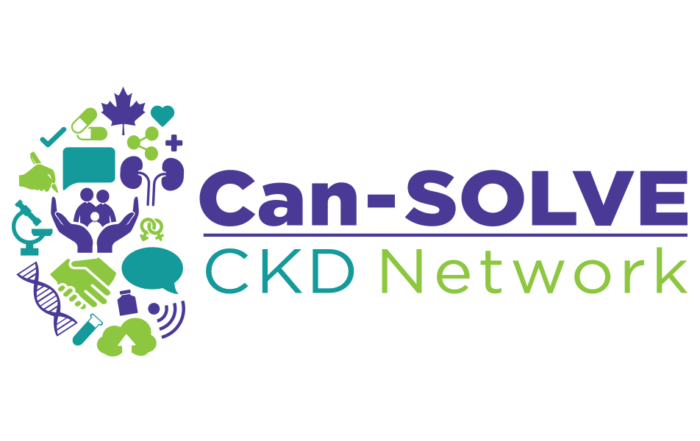
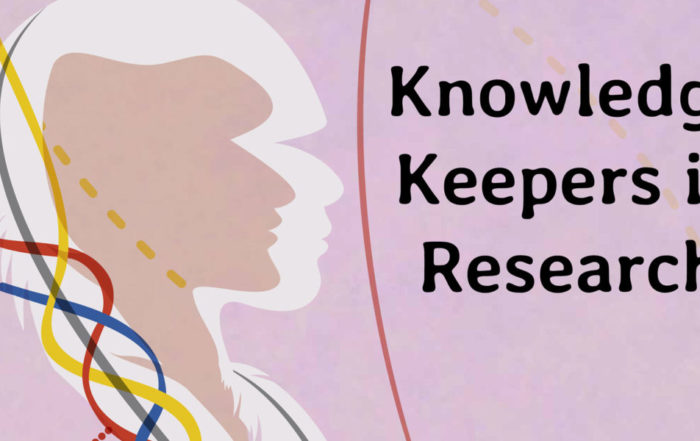
Connect with us